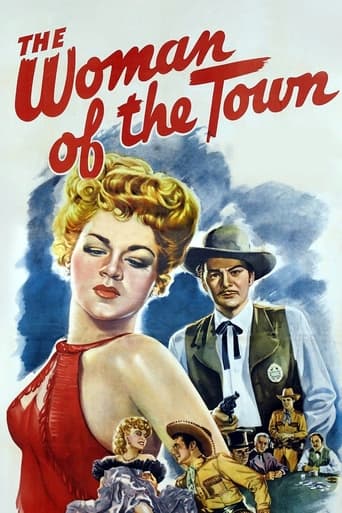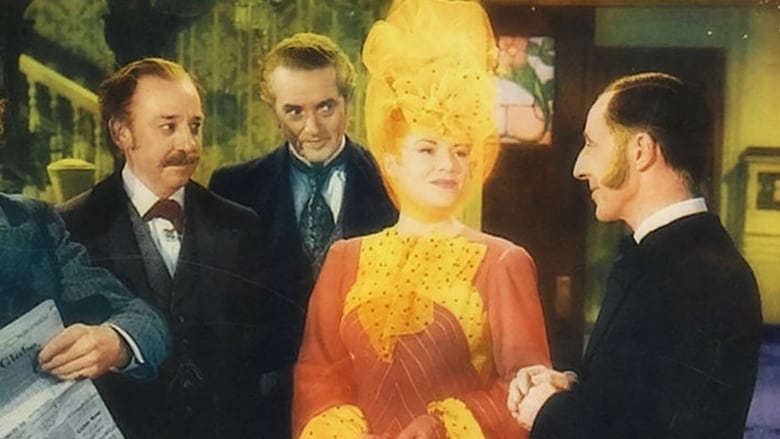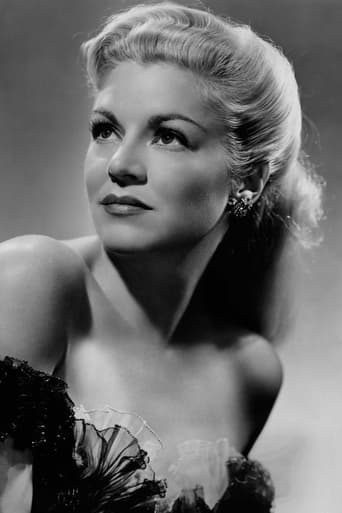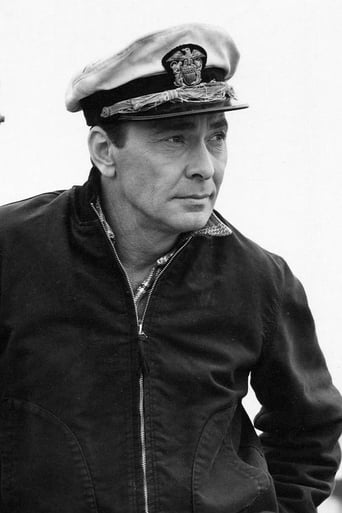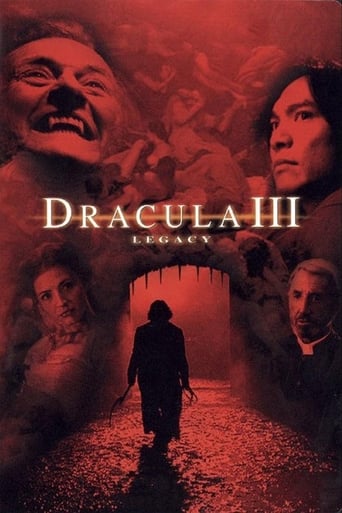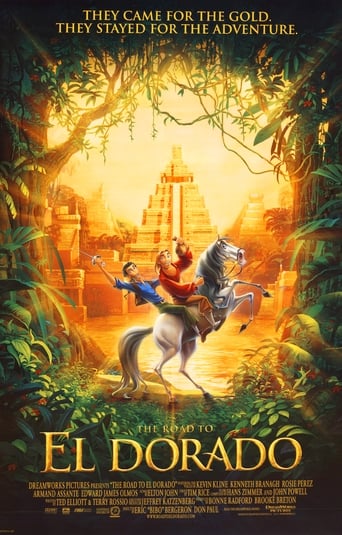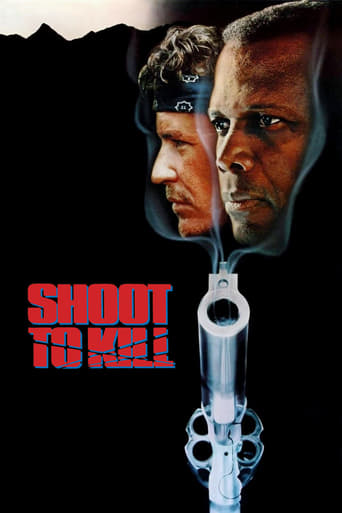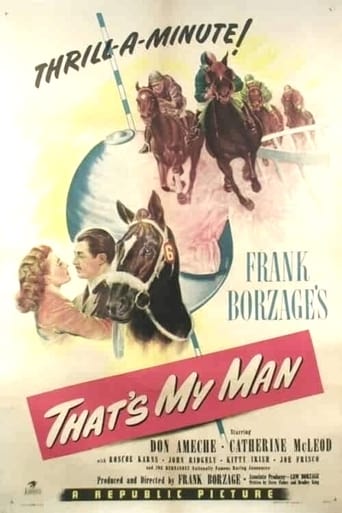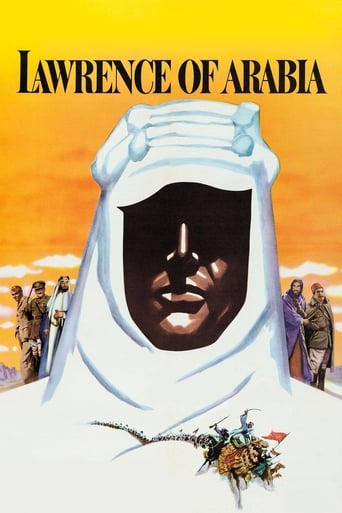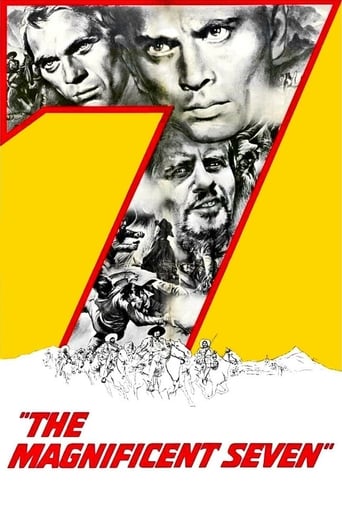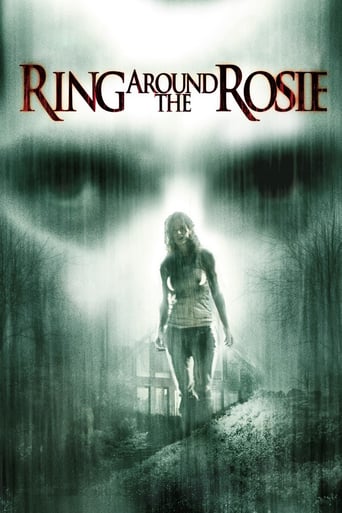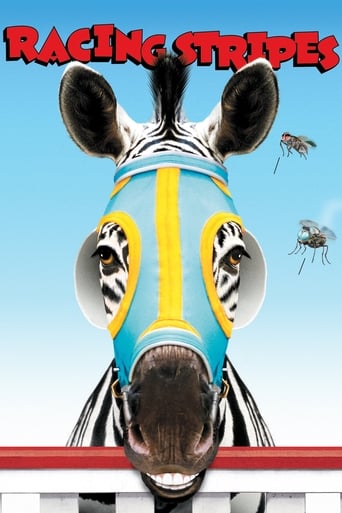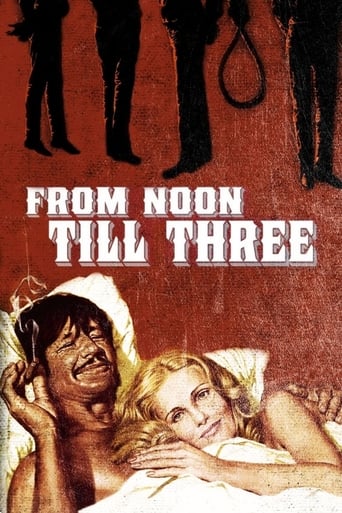The Woman of the Town (1943)
Bat Masterson, who after failing to secure a job as a newspaper reporter becomes marshal of Dodge City. Preferring socializing to peacekeeping, Masterson falls in love with Dora Hand, the obligatory golden-hearted chorus girl whose concern for the welfare of her fellow citizens at time reaches Madonna-like dimensions. When Dora is shot down cattle baron King Kennedy, Masterson begins taking his job seriously. After taking care of Kennedy, Masterson determines to enshrine the memory of Dora, whose efforts to clean up Dodge City were largely ignored by the "decent" townsfolk.
Watch Trailer
Cast
Similar titles
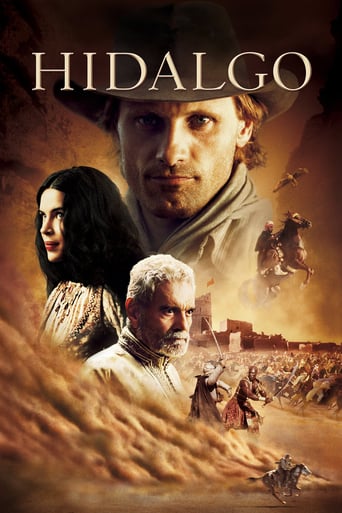
Reviews
Absolutely the worst movie.
It is not deep, but it is fun to watch. It does have a bit more of an edge to it than other similar films.
Funny, strange, confrontational and subversive, this is one of the most interesting experiences you'll have at the cinema this year.
The film never slows down or bores, plunging from one harrowing sequence to the next.
The only other times I've seen Claire Trevor in a movie she was portraying a fallen woman; as Humphrey Bogart's ex-girl friend turned hooker in 1937's "Dead End", and as Edward G. Robinson's moll in "Key Largo" from 1948. Her occupation of choice in "The Woman of the Town" is a 'dance hall belle', in an attempt to separate herself from a common saloon singer. Actually she does a fine job of winning over the citizens of Dodge City, Kansas with her professional manner and charitable works, even helping to fund the town's first hospital.The conflict in the film arises from her sharing feelings for the town's Marshal, Bat Masterson (Albert Dekker), and the leader of a rowdy cattle gang named King Kennedy (Barry Sullivan). I hadn't been aware of Masterson's real life newspaper career, so was caught off guard with the film's opening. The book-ends of Masterson's flashback occur in New York City of 1919, while he recalls his wild west days in Dodge of 1869.I got a kick out of Clem Bevans' portrayal of Bat's friend and former frontier partner Buffalo Burns. When members of the congregation at church get stingy, Burns takes up the collection at gun point, praise the Lord.I don't think I've ever seen a goofier outfit on a bad guy as the one worn by Sullivan's King Kennedy. He hardly had the demeanor or temperament of a villain, and often came across as comical. When he slapped Masterson near the end of the flashback portion of the story, I felt myself wincing from embarrassment.Though Masterson is never conflicted about his profession as a lawman, Dora Hand (Trevor) certainly is, and she spends a good deal of time trying to talk him out of it. She even strikes a deal with her uncle, the publisher of the Kansas City Clarion, to woo Bat away from Dodge with a job offer on the strength of his editorial for the Dodge newspaper. One thing must have led to another, as Masterson finished his career as a writer for New York's 'The Morning Telegraph', the way we're introduced to him as the film opens."The Woman of the Town" probably won't appeal to fans expecting shoot outs, bar room brawls and stampedes. There's some of that, but by and large, it's a more thoughtful character study of a woman who helped build her community and how she impacted those around her. Every now and then, that's not such a bad story to see.
The movie is a semi-autobiography adding a love story with a standard eternal love triangle (Dekker-Claire Trevor-Sullivan), musical numbers and numerous shootouts . The movie is inspired on true events . Thus , Bartholomew ¨Bat¨ Masterson (1853-1921) spent the last twenty years of his life as a popular sports writer on New York newspaper . Previously he had taken part in the battle of Adobe Walls in 1874 in which a small party of hunters beat off a fierce attack by hundreds of Indians , events narrated in the meeting between Bat and the old man at the beginning of the film . In 1878 the marshal of Dodge City was shot by two cowboys , Bat (Albert Dekker) rushed to the scene and gunned down the killer . Bat was appointed as deputy U.S. marshal by the Mayor (Porter Hall) and shortly after captured noted outlaw (in the film King Kennedy featured by Barry Sullivan) . Along with Bat were hired to keep the peace as lawman Wyatt Earp and Bill Tilghman . In 1902 he settled in N.Y.City and became a successful sports writer on the Morning Telegraph (at the movie even appears working with Louella Parsons) , he died at his desk from a heart attack . Masterson said he has not killed as many men as was popularly supposed though he had experienced a great many difficulties . The picture is set in Dodge City , Kansas , the most celebrated of the cowboy cattle towns , became a major railhead cowtown for the cattle driven up from Texas over the long trails , during the cattle boom Dodge shipped more than 250.ooo head a year . The free-spending cowboys attracted professional gamblers , badmen , saloon and brothel keepers and became a rough town in the best traditions of the wild west . Dodge City reigned as ¨Queen of the Cowtowns¨ until final XIX century when the free range cattle industry came to an end . We also find the protagonists (Trevor and Dekker) at the town's cemetery , Boot Hill , it gained fame as the last resting place where gunmen , drifters or usually victims of gunfights or brawls were buried with their ¨boots on¨ and a little ceremony .The film is an enjoyable western narrated in flashbacks and well written by Aeneas McKenzie . Agreeable musical score nominated for Academy Award by the classic composer Miklos Rozsa . Production is in charge of Harry Sherman , an usual western producer .The motion picture was rightly directed by George Archainbaud . The flick will appeal to western moviegoers.
An underrated western, and much disliked by people who mistakenly believe that B oaters ought to stick to the traditional pattern. Everyone involved tried to do something original and unique and, for the most part, they succeeded. Slowly paced, to be sure, but then again this was not made for the moron crowd that only wants action, action, action - this is a melancholy movie that favors characterization over plot, and needs to be seen as a one of a kind film to be appreciated. One example of the novel approach - the film begins with Bat as an elderly newspaperman in New York City, circa 1919 (he died later that year), close friends with the young gossip columnist Louella Parsons, who in real life idolized him. There's a flashback to 'the old days,' when young Bat cleaned up Dodge City as town marshal. Actually, Bat never was that - he served as Wyatt Earp's deputy (Earp was the marshal in Dodge) then ran for sheriff and won. In fact, much of what's attributed to Bat here actually happened to Wyatt, who is never seen and mentioned only once. The film collapses the killing of two different real life saloon girls into one fictional character, the title one, and likewise combines the killers of the two women - a tough army sergeant named king and a cattle baron named Kennedy - into 'King Kennedy.' In this version, Bat became a newspaper man owing to the "woman's" pleas - though historically he got the idea on his own. The point is, this is historical fiction, a drama based on reality, and the historicity of the piece is evident less in the story per se but in the remarkably accurate portrait of Dodge at that time, including things most westerns leave out - like the arrival of stage star Eddie Foy (played, incidentally, by one of his descendants), church services, etc. The underrated Albert Dekker, usually cast as villains, makes a fine Bat, cane and derby hat intact. Fans of routine westerns will want to stay away, but those who appreciate something out of the ordinary? Catch this appealingly little understated film!
This B western was the product of Producer Harry "Pop" Sherman and Director George Archaimbaud, both who worked prodigiously on the Hopalong Cassidy series. Pop Sherman was trying to expand his horizons with this one.Claire Trevor who played innumerable bad gals with hearts of gold reprises another one here. She's caught between two men lawman Bat Masterson and Cattleman King Kennedy played by Albert Dekker and Barry Sullivan respectively. Barry Sullivan is a thing of beauty, all decked out in his drugstore cowboy outfit. He was competent actor, but he must have felt like a fool in that outfit.Albert Dekker played a lot of supporting roles opposite some of the biggest Hollywood names. He rarely was a lead, this and Dr. Cyclops two major exceptions. He's good in the title role. Masterson tells this story in flashback to a young actress playing aspiring reporter Louella Parsons. Didn't hurt in 1943 to give her a plug in any film.Albert Dekker was one of the great tragedies in Hollywood. In 1968 he hung himself after completing his last role in The Wild Bunch. He hung himself and he was all decked out in woman's clothing. I've always felt that he was a transgendered person and back in 1968 those issues were NEVER discussed. I think Mr. Dekker wanted to go out as the real person he was, a woman in a man's body.A great cast of supporting players rounds out this film, a lot of familiar faces you'll spot. Nice entertainment.
